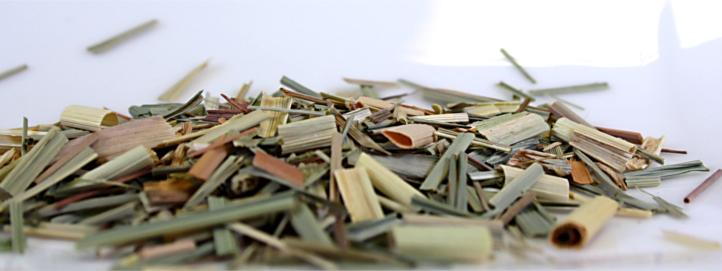
Sage
(Slavia Officinails)
The sage species are rare, sometimes biennial to mostly perennial herbaceous plants, shrubs or shrubs. The plants often smell aromatic. Often there are simple hair and / or glandular hair (indument) on aboveground plant parts.The Klaus fruits break down into four smooth, bare, ellipsoidal to more or less spherical, oblong-ovate or triangular, often brown, solitary partials (Klausen) with or without nerves on the surface, which are usually slimy in moisture.
Ingredients
In the Sage species accumulation of terpenes occurs. In the glandular scales and glandular hairs are essential oils that contain a particularly large number of mono- and sesquiterpenes. Diterpenes are present in the resin fraction. Important are tricyclic diterpenes, the diterpene bitter substances (Carnosol = Pikrosalvin, Rosmanol, Safficinolide, Carnosolsäure Salvin). The leaf cuticle contains triterpenes, especially pentacyclic triterpenes of the Ursan, Oleanan, Friedelan, Dammaran and Lupan types.





